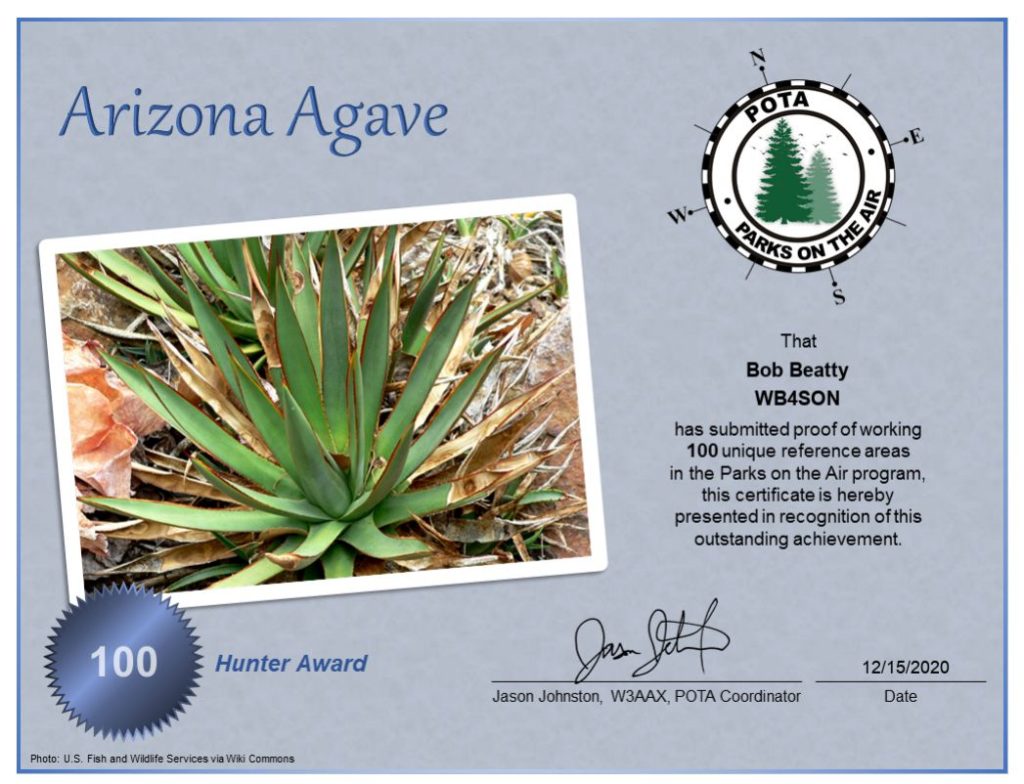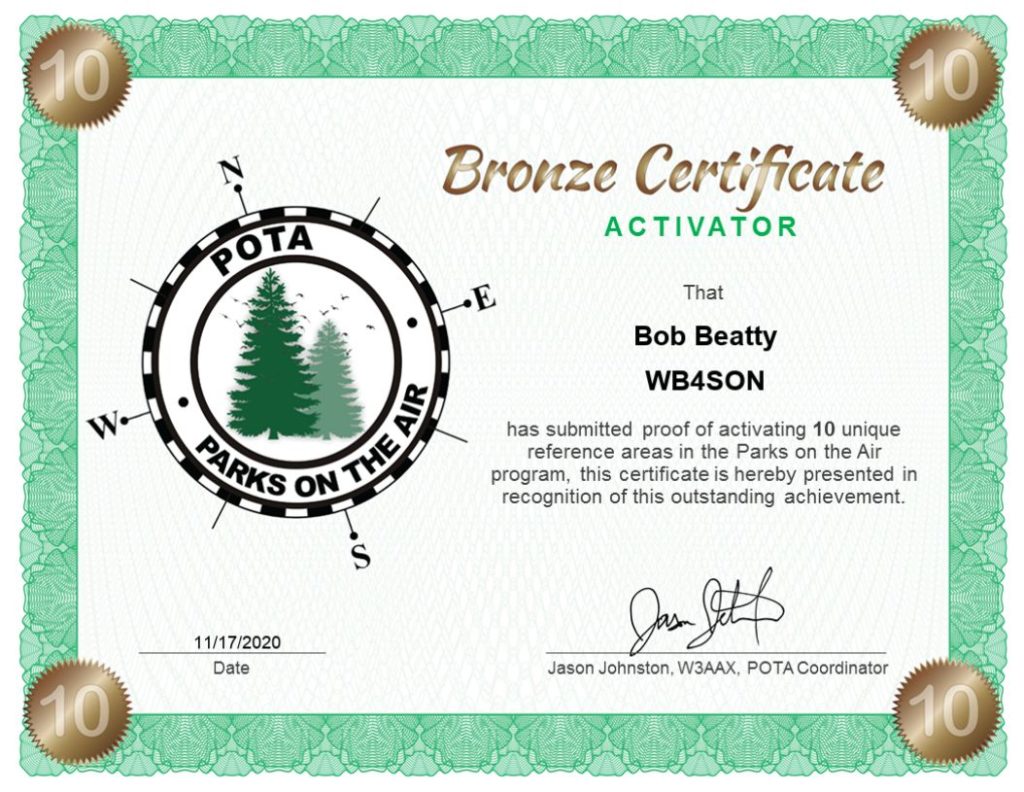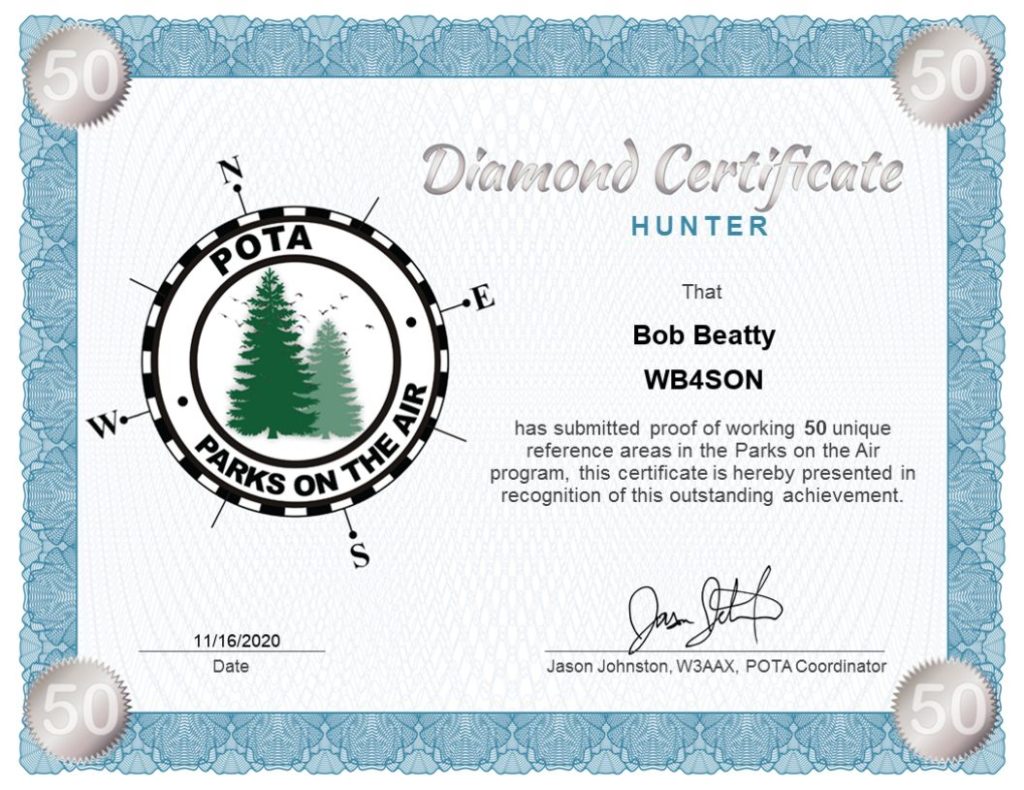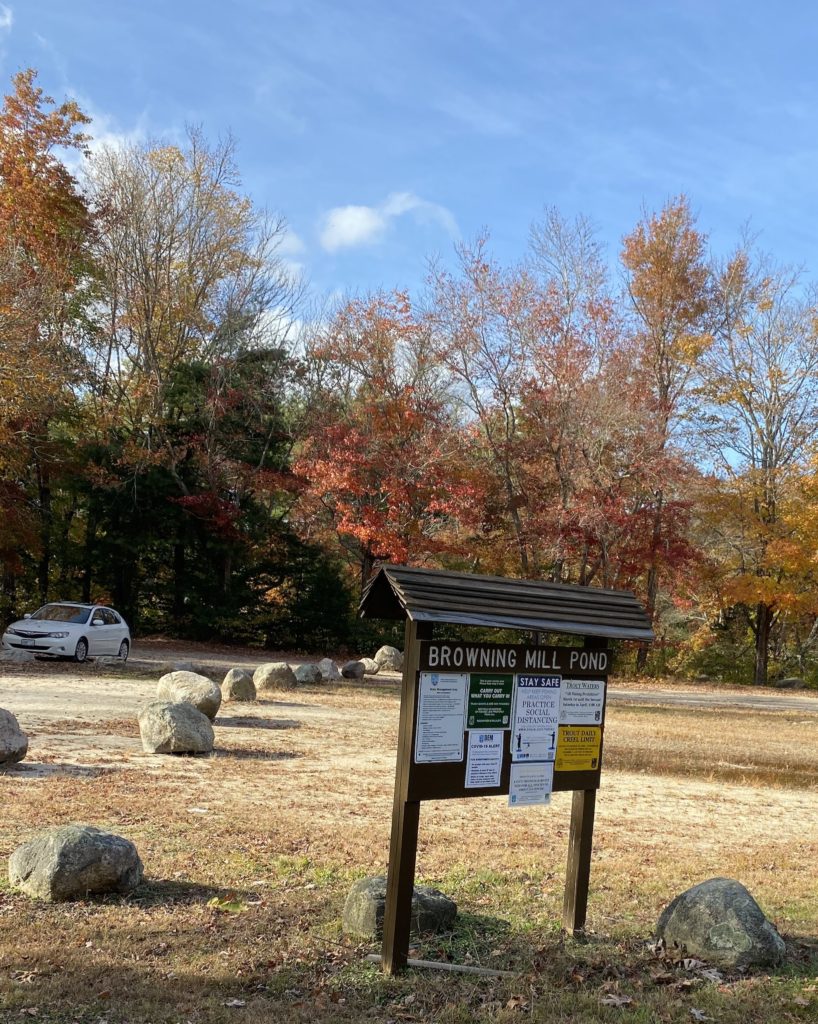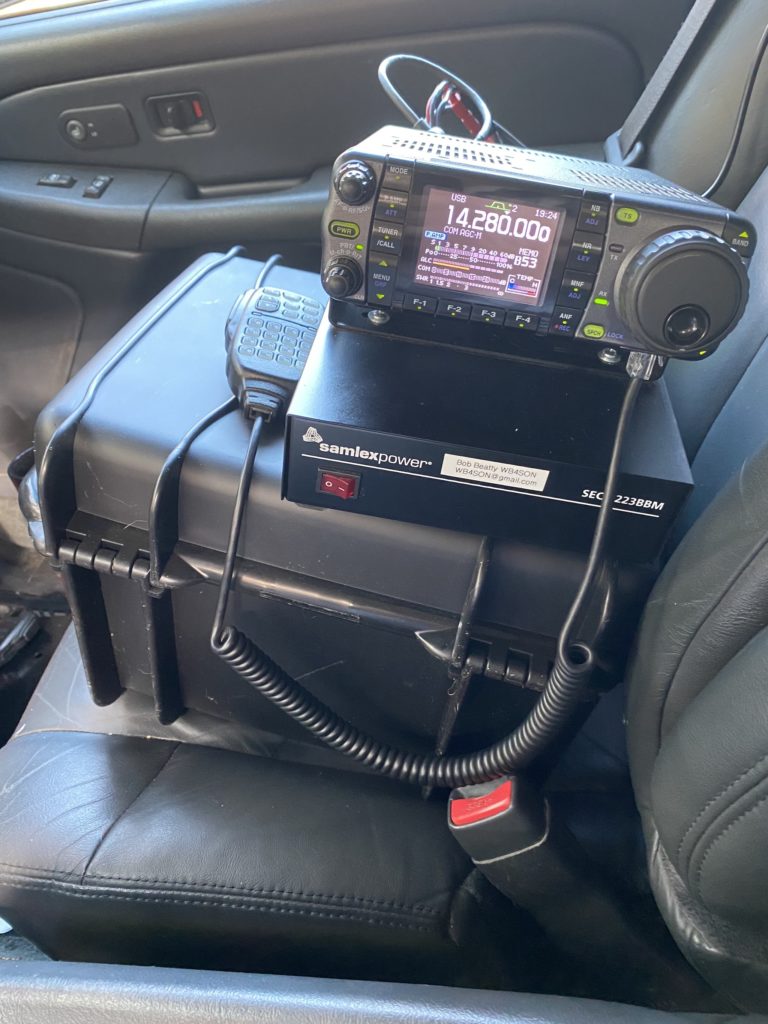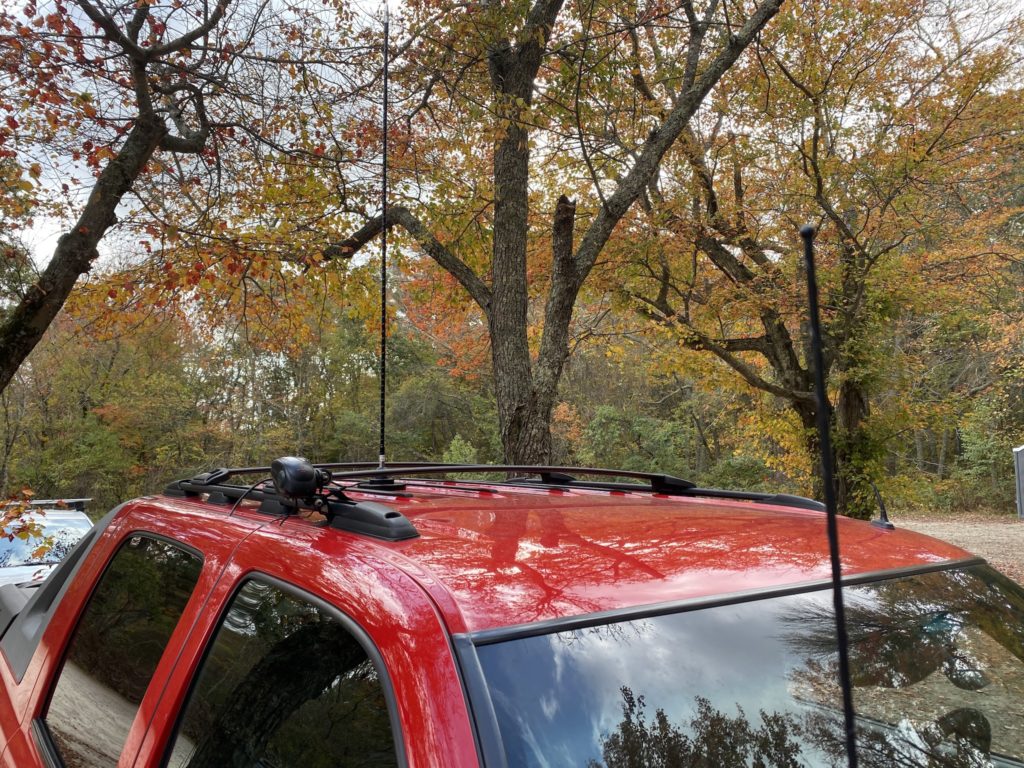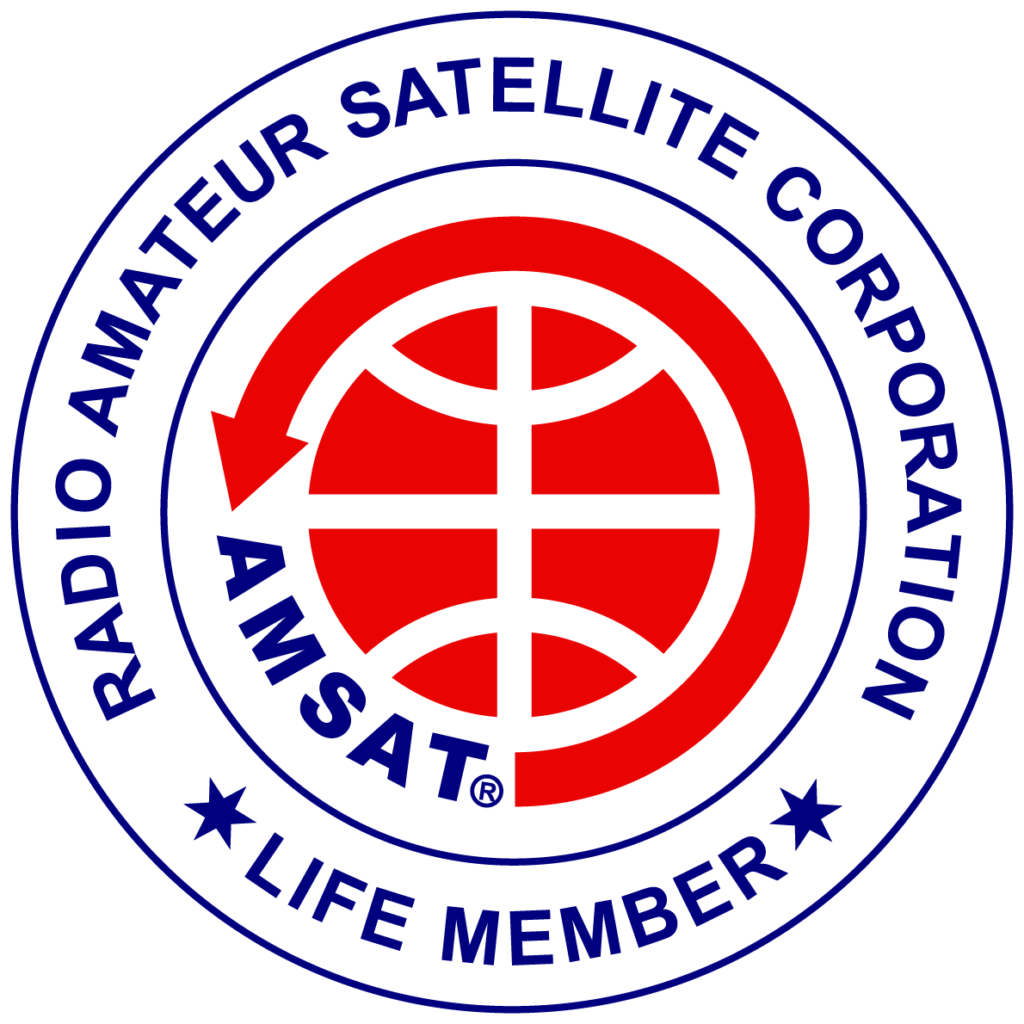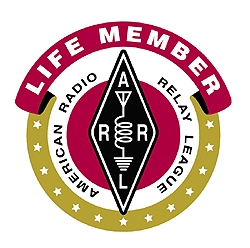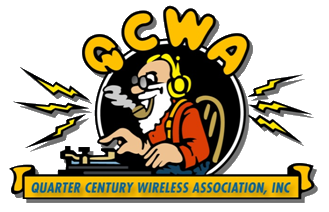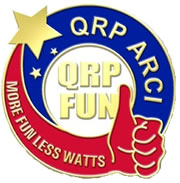Despite the lingering smell of a burning garbage, 2020 is finally behind us. Like most of the planet, I found myself wishing the year would just end. In my case, I’m quite blessed, as my immediate family is healthy and safe, along with my friends, although the number of people I know personally with COVID has grown far too large.

Despite global woes, 2020 was a pretty successful year for me in terms of ham radio. The goals for 2020 were:
- Teach a Technician Class
- Reach 275 Confirmed Countries in DXCC
- Reach 90 Confirmed Countries on 160-Meters
- Reach 1450 Band-Points in the DXCC Challenge
- Reach 40 confirmed states on satellite
All but the final one was accomplished. While completing a physical class that began the prior year, I also held two online classes in 2020. They were actually much more popular than the in-person classes. Over 60 new hams were minted. At this point, I’ve personally instructed over 15% of the ham population in RI.
My DXing was down somewhat this year due to other interests and simply waiting out the bottom of the solar cycle. That said I did complete my goal of having 275 confirmed DXCC entities, as well as 1,452 points toward the DXCC Challenge. I also finished with 93 confirmed countries on 160-meters. I’m hoping I will complete this for 9-Band DXCC by the end of 2021 (I already have 9-Band WAS)

Where I fell short this year was Satellite operation. This was partially due to the pandemic as it was not possible to setup my gear in a park this year, so I missed my goal to have 40 states confirmed via Satellite (I’m at 37). I did manage to convince a friend of mine, Kurt K1SEA, to get active on the birds, and gave a couple of presentations virtually as an AMSAT Ambassador.
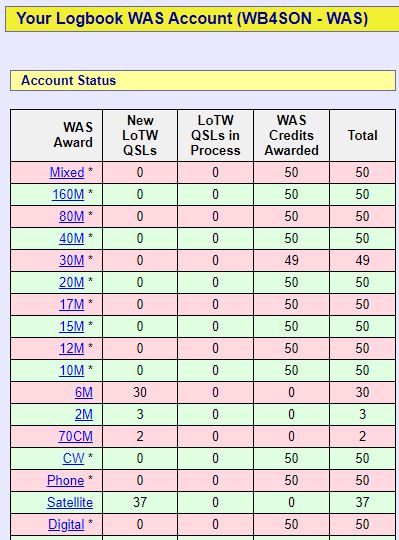
While I wasn’t as active as some years, I did finish 2020 with 12,000 entries in LotW (exactly 12,000).
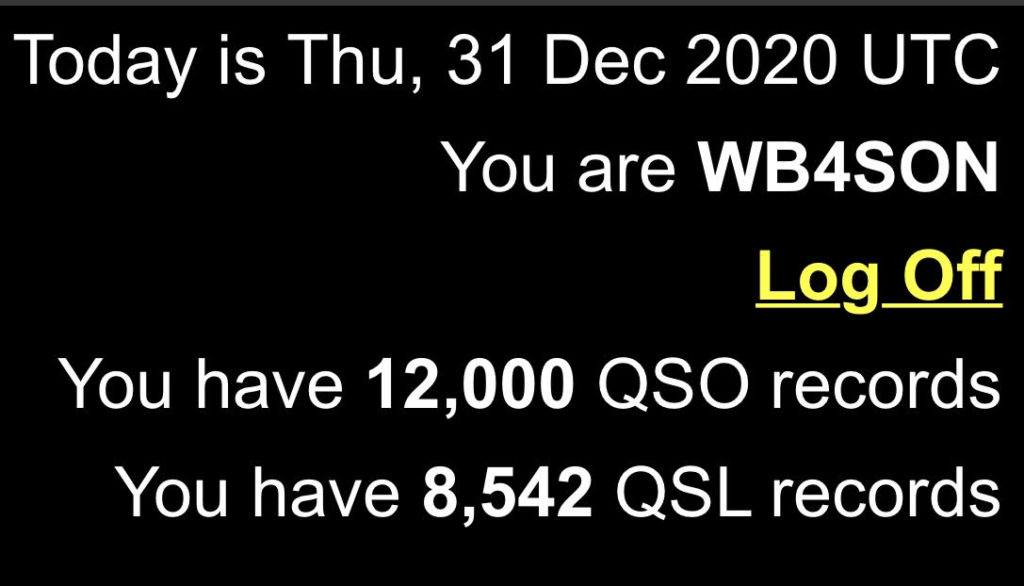
That’s a pretty good confirmation rate, too, of 71%. Of course the LotW thing is sort of silly, as I have a few duplicate contacts in there, but I still keep track of it (my actual log stands at 11,924, so I guess that is 76 duplicates).
Other things that stand out in 2020 was my introduction by John K1JSM, and Willy W1LY to Parks On The Air. I’ve been bitten hard by that bug (so hard that it will put other 2021 goals at risk). I activated 13 different parks in RI and managed to work 129 unique parks as a Hunter so far.
Thank you radio gods for a fine 2020, along with the many wonderful folks I’ve met during the year.


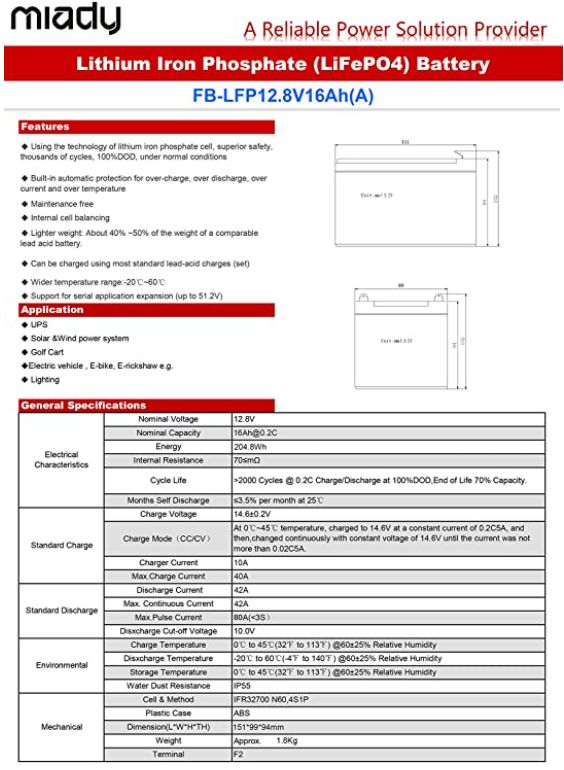
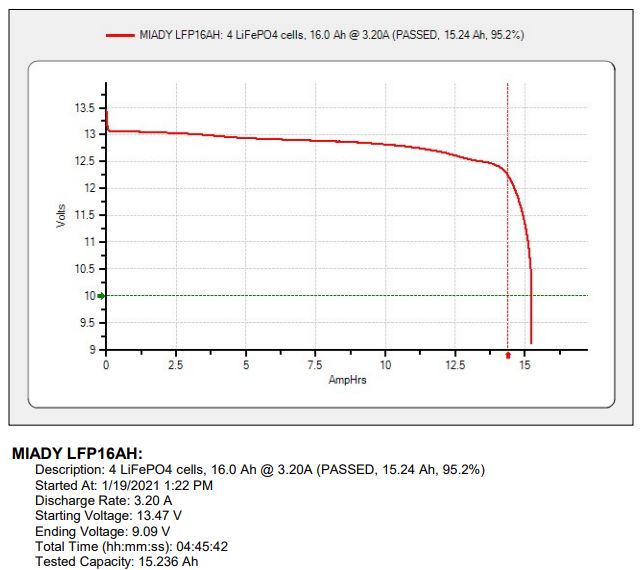 A second test yielded 15.253 Ah capacity
A second test yielded 15.253 Ah capacity




